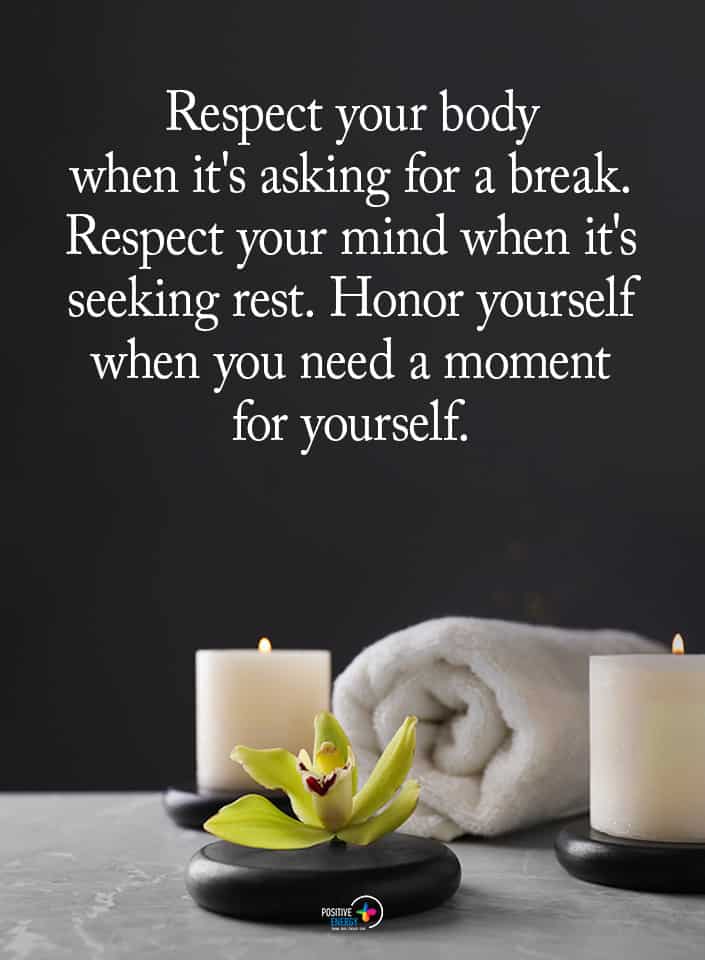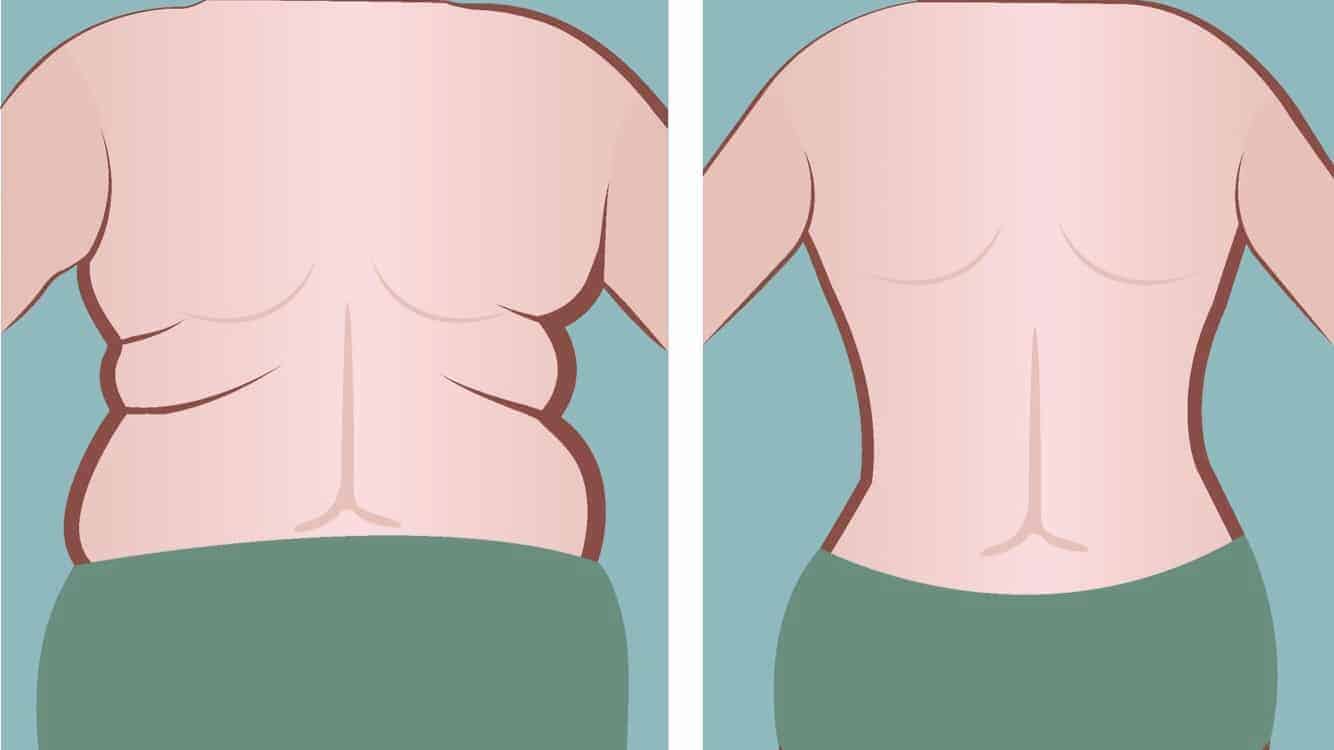The word ‘spa,’ helps you visualize the luxury of some me-time. Alone, it’s enough to help the tension in your shoulders start to relax. With minimal effort, it is possible to have a spa experience at home. So, you can naturally treat stress, anxiety, and minor depression.
1. Rid yourself of tech stress and set aside alone time
First, turn off your hand-held media devices, television, radio, and other information sources, before your home spa session. That’s right, all of them!
It is at times difficult to remove ourselves from constant connectivity, but this is necessary to reduce stress, which will help alleviate feelings of anxiety. Then, schedule a minimum of 30 uninterrupted minutes for your home spa time.
When you need to relax in your home spa for your anxiety or depression, interruptions are unacceptable. Make sure you tell your loved ones to leave you alone and tell them for how long. Schedule a minimum of 30 uninterrupted minutes for an effective home spa treatment for depression or anxiety.
2. Know what works for you
Think about these senses; smell, touch, and hearing. What pleases each of these senses for you is what you should be sure to add to your home spa treatment for your depression and anxiety. Making an at-home spa is about surrounding yourself with what you feel is tranquil and soothing.
For example, if lavender is not your favorite scent, it may not feel relaxing to you. Think about the scents that uplift you and remind you of pleasant times. Decide to do what feels the most comforting to your body; a self-massage, a warm or hot steam bath, a soft comforting robe to wrap up in. Relaxing classical music or something that feels spa-like to you is another way to treat stress during your spa session.
3. Keep the treatments short and simple
Researchers studied spa treatments for their effectiveness in treating stress and depression. Many of the techniques used in this research can be reproduced at home. The relaxation techniques studied included an underwater massage bath, a jet massage from a whirlpool spa tub, mud wraps or herbal wraps, and hydrotherapy.
The study found that spa therapies like these treatments induce mental relaxation, reduce anxiety, and help create a feeling of well-being. The spa research also indicates that treatments like these reduce pain progression and chronic disorders because they improve the quality of life.
4. Enjoy the present moment
Anxiety can be said to be worrying about things that haven’t yet happened, while depression is about reliving the past that can’t be changed. Improve your mood by focusing on here and now. Identify things you can see, smell, taste, hear or touch right now. Inhale for a count of four and exhale for a count of four. Do this for several breaths. Now increase the count to five.
5. Review your mood before and after a home spa
Consider some easy yoga moves or try a walk outdoors in sunlight to add these effective therapies to your home spa relaxation treatment. According to a study in the Canadian Journal of Psychiatry, exercise, light therapy, St. John’s wort, omega-3 fatty acids, SAM-e, and yoga were all found to be alternatives to medication to treat anxiety and depression.
If the spa treatment was helpful to reduce your anxiety or to improve your depressed mood, make a note of this. If an Epsom salt soak worked well to help you relax, would candlelight and music make it even more beneficial for you? How about adding aromatherapy? Tracking what you tried and how it helped will help you learn what works best to improve your mood.

















